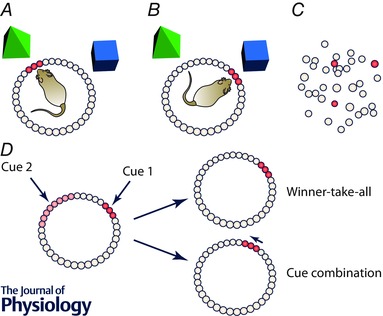Figure 3. Hypothetical ring attractor structure for neurons in the rodent head direction system .

The diagram shows neurons arranged according to their preferred firing direction. A, when the animal faces a landmark, neurons corresponding to that facing direction become activated (shown in red). B, when the animal turns to face a new landmark, the combination of internally generated self‐motion information together with the sight of the new landmark now drives activity in the part of the network corresponding to the animal's new facing direction. C, the physical arrangement of the neurons is thought to be random in mammals. D, when two cues simultaneously try to drive activity in different parts of the network (for example, due to conflict between the rat's current directional estimate and the relevant landmark), theory makes one of two predictions. In a winner‐take‐all scenario, the strongest cue dominates, and activity moves to the appropriate part of the network. In cue combination, both cues influence the final outcome to a degree proportional to their intensity and/or reliability, with the final result being a compromise.
